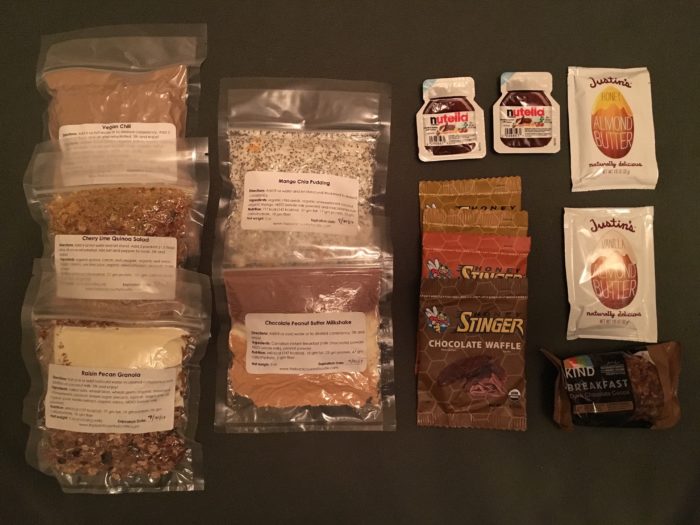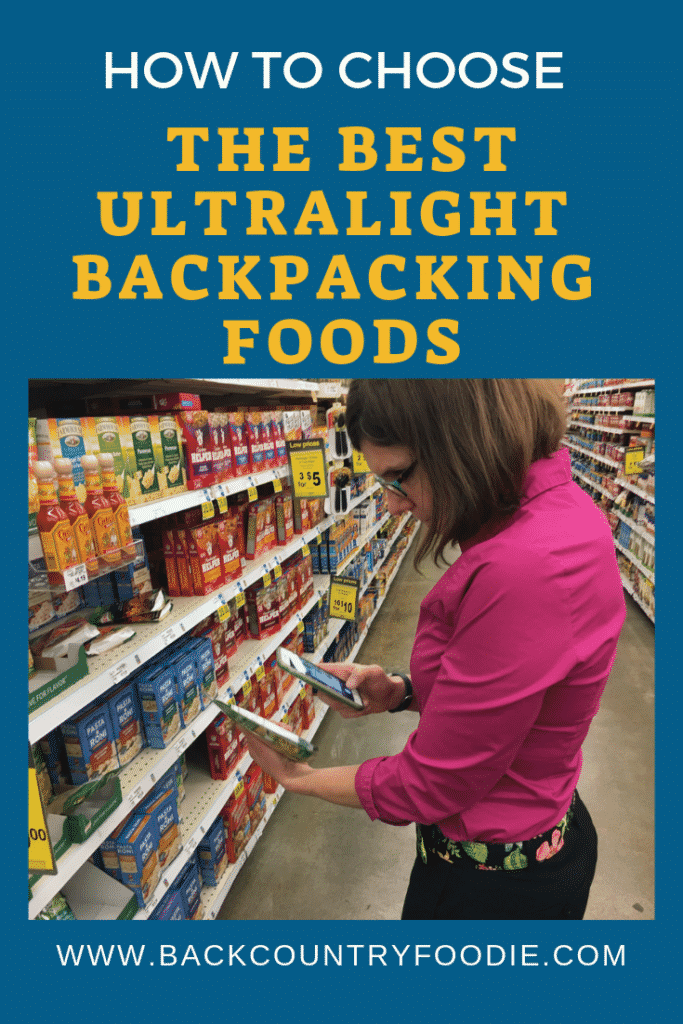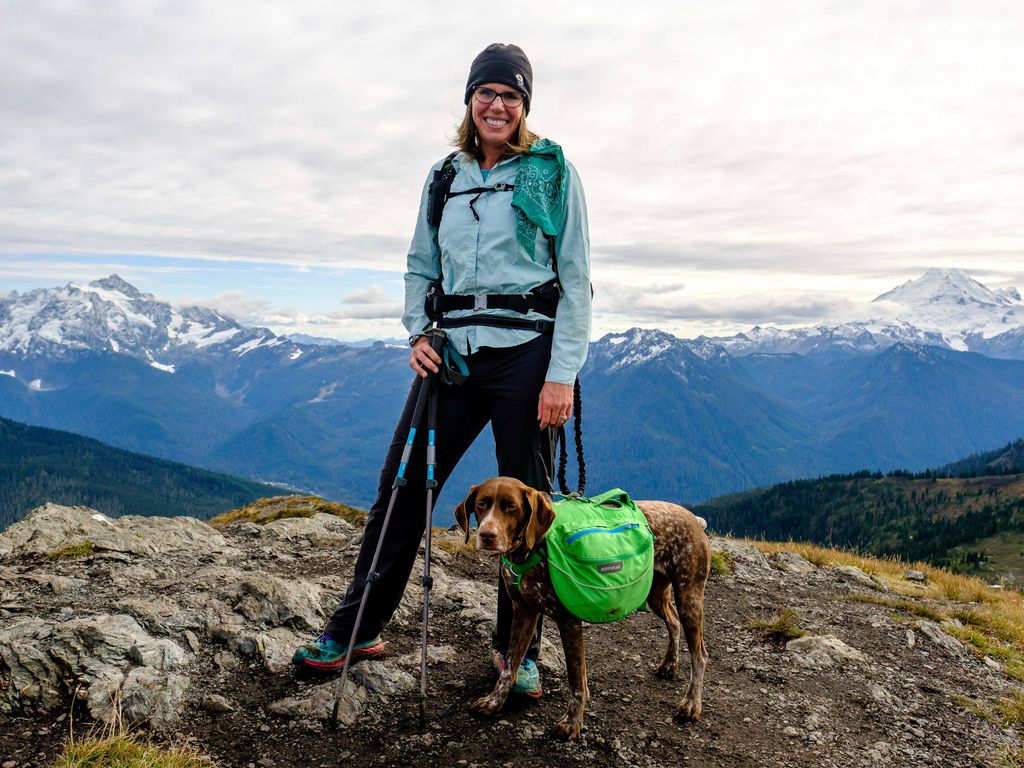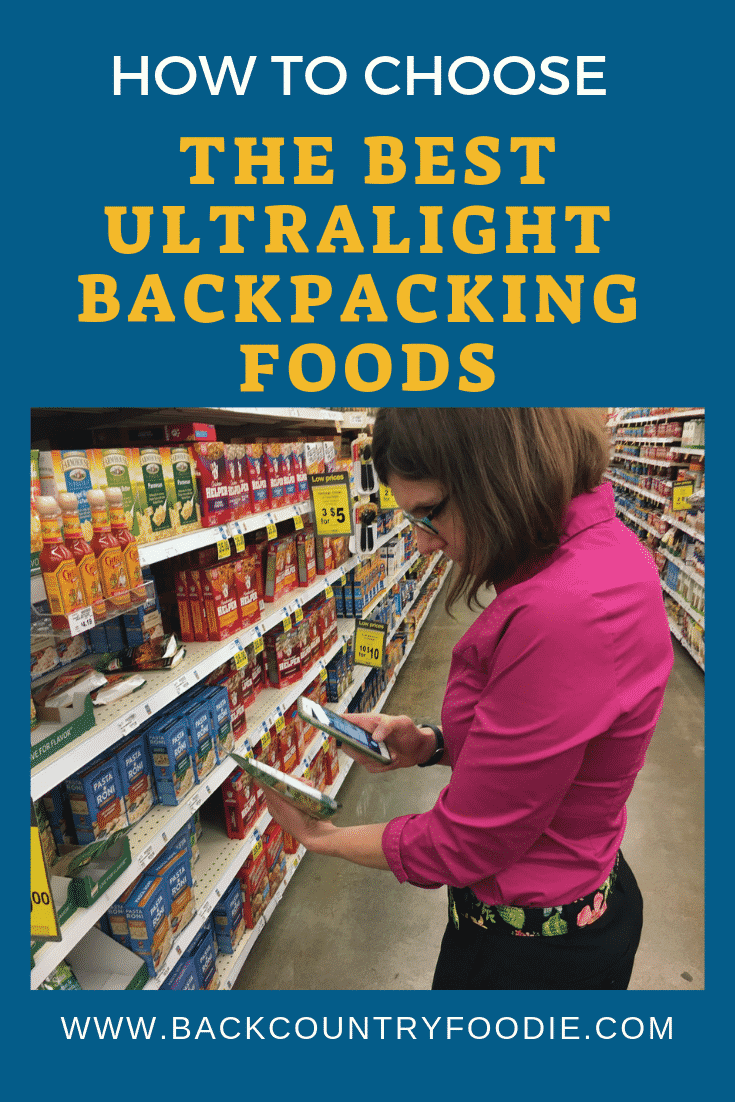Ugly Truth About Pop-Tarts!
By Aaron Owens Mayhew, MS, RDN, CD
Updated January 14, 2024
This post may contain affiliate links.

This article originally appeared on The Trek.
You’re telling me Pop-Tarts aren’t ultralight backpacking food?!?
Actually, that’s exactly what I’m saying. Pop-tarts aren’t an ultralight backpacking food as many thru-hikers claim them to be. A significant amount of my time over the last year was spent reviewing various blog posts and forums discussing foods typically consumed by thru-hikers. It was shocking to learn that foods reported to be calorically dense for the trail aren’t ultralight backpacking foods at all. Pop-tarts, a thru-hiker staple, actually fall near the bottom of the list when compared to ultralight backpacking foods available.
How to define ultralight backpacking food based on 2 lb (0.9 kg) daily food weight:
100 kcal/oz or 3.6 kcal/g = 3200 kcal
125 kcal/oz or 4.4 kcal/g = 4000 kcal
150 kcal/oz or 5.3 kcal/g = 4800 kcal
175 kcal/oz or 6.2 kcal/g = 5600 kcal
Essentially, ultralight foods can be defined as meeting a determined calorie goal without exceeding the maximum daily food weight goal.
Confused yet?!?
For example: Goal of 3500 kcal with a maximum weight of 1.5 lb (0.7 kg) daily would require foods to be an average of 145 kcal/oz or 5 kcal/g.
Calculations: 3500 kcal ÷ 24 oz (1.5 lb) = 145 kcal/oz OR 3500 kcal ÷ 700 g (0.7 kg) = 5 kcal/g

Let’s take a quick look at a few thru-hiker favorites.
Do they meet your goal?
- Ramen noodles – 127 kcal/oz
- Idahoan instant mashed potatoes – 110 kcal/oz
- Knorr Pasta Sides – 110 kcal/oz
- Pop-tarts – 108 kcal/oz
- Quaker Instant Oatmeal – 106 kcal/oz
- Beef Jerky – 80 kcal/oz
- Tortillas – 80 kcal/oz
- Tuna fish – 31 kcal/oz
Ever participate in a grocery aisle photoshoot? Here’s your chance!
Next time you visit the grocery store, don’t be shy. Take photos of food labels and review the numbers later when you have time at home. If someone asks what you’re doing, this presents a perfect opportunity to share what an amazing journey you’re about to embark on. Trust me! Fellow shoppers will think it’s pretty cool that you’re considering your diet while on the trail.



Back to trashing pop-tarts…
Just kidding! I’m not suggesting that a complete thru-hiker diet makeover is necessary. However, I feel that current thru-hiking diets can be augmented by using more calorically dense foods to achieve the ultimate goal.
An example of one of my meal plans…

- Raisin Pecan Granola – 137 kcal/oz
- Cherry Lime Quinoa Salad – 150 kcal/oz
- Vegan Chili – 177 kcal/oz
- Chocolate Peanut Butter Milkshake – 147 kcal/oz
- Mango Chia Pudding – 143 kcal/oz
- Chocolate Honey Stinger Waffle – 160 kcal/oz
- Gingersnap Honey Stinger Waffle – 150 kcal/oz
- 2 Caramel Honey Stinger Waffles – 150 kcal/oz
- 2 Single Serving Nutella – 160 kcal/oz
- Kind Dark Chocolate Cocoa Breakfast Bar – 122 kcal/oz
- Justin’s Vanilla Almond Butter – 157 kcal/oz
- Justin’s Honey Almond Butter – 165 kcal/oz
Stats: 4960 kcal at an average of 151 kcal/oz for a total of 2 lb 1 oz (0.9 kg)
As you can see, this backpacking meal plan includes foods at varying kcal/oz levels, with the average meeting my 150 kcal/oz goal. By using this method, calorie and weight goals are met while also consuming foods that I enjoy.

Enough already about calories and weight! What about protein, carbohydrates, and fat?
Yes, let’s move on to talk about high-performance expectations thru-hikers should have of their food. I will briefly touch on metabolism as there are hundreds, if not thousands, of research studies dedicated to endurance sports nutrition. Metabolism is simply your body’s ability to burn the fuel (i.e., food) consumed to produce energy. How well you fuel your body greatly impacts how your body will respond to the demands of thru-hiking. Now’s the time to put your new food label reading skills to use. Having a better understanding of what’s in your pack will help dictate your fueling strategy.
Protein
Protein plays an important role in a thru-hiker’s diet as it is responsible for repairing and strengthening muscle tissue. For an average adult, 0.8 grams of protein per kilogram (0.8 g/kg) or 0.36 grams of protein per pound (0.36 g/lb) body weight is recommended. Athletes oftentimes require more than twice that amount. Consuming adequate protein while thru-hiking can be quite challenging for many thru-hikers for various reasons, including limited shelf life, the weight of protein-rich foods, and dietary restrictions.
Carbohydrate
Carbohydrate intake plays an important role in a thru hiker’s diet because, without adequate carbohydrate intake, muscle protein is used to produce energy. This presents a problem when taking in adequate protein is already a challenge for thru-hikers. The type of carbohydrate, simple versus complex, adds on another layer of complexity. Many of the commonly available trail-friendly foods are high in simple sugars (i.e., honey buns, pop-tarts, candy), which boost energy. Thru-hiker diets benefit from complex carbohydrates (i.e., fruit, vegetables, and grains) over the long haul as they are often rich in fiber and provide sustainable energy.
Fiber
Fiber intake seems to be completely avoided in all of the blogs and forums that I’ve read. Ok, are you ready for it? As a dietitian, I talk about constipation with my patients daily. No need to be embarrassed about talking about it here, either. The fact is, thru-hiker diets are typically void of fresh fruit, vegetables, and whole grains, which are the primary sources of fiber in one’s diet. Hikers, however, likely consume a fair amount of beans which are an excellent source of fiber, but there’s the other known consequence of beans. Just saying! Therefore, when meal planning, it’s important to also be aware of the fiber content of foods.
Fat
Fat is an excellent source of energy for thru-hikers as it is over twice as calorically dense at 9 kcal/g when compared to carbohydrates and protein at 4 kcal/g. This translates into higher-calorie foods for less food weight. Fat also takes significantly longer to digest, resulting in sustained versus quick energy boosts. Meals containing fat, however, are typically not shelf stable for extended periods of time, which presents a problem for thru-hikers.
Closing words…
A 2016 PCT thru-hiker posted the following statements to my Instagram feed and couldn’t have said it better…
“Carrying things based on a formula or primarily nutrition can be detrimental psychologically. Managing your brain, your health, your emotions is a balancing act.” – Digger
All of this talk about calculations, weight, calories, and nutrition is useless if you’re not willing to consume whatever is in your pack. If pop-tarts, tortillas, and Skittles make you happy, then, by all means, pack those items. Food plays a huge part in daily life on and off the trail.
READY TO LEARN MORE ABOUT BACKPACKING NUTRITION AND MEAL PLANNING?
Backcountry Foodie is your go-to resource for over 200 ultralight backpacking recipes, an automated meal planning tool, sample ultralight backpacking meal plans, virtual masterclasses, YouTube videos, and podcast interviews.

DISCLOSURE: Some of the links on this page are affiliate links, which means we may receive a modest commission if purchases are made through those links. This adds no cost to our readers and helps us keep our site running. Our reputation is our most important asset, so we only include links for products we use ourselves.
Did you find this post helpful?
Pin It and share it with your fellow adventurers…

New to our blog?
Here are additional posts that you might find helpful…
- Ultralight Backpacking Meal Planning Tips for Thru-Hikers
- How to Create a Quick & Easy Backpacking Meal Plan
- Backpacking Meal Plans: Not all are created equal
- Backpacking Nutrition: Fueling Farther Using the Goldilocks Approach
- Wait! Mountain House Isn’t Ultralight?!?
ABOUT THE AUTHOR:
Aaron Owens Mayhew, MS, RDN, CD, is a registered dietitian and ultralight long-distance backpacker with over 20 years of nutrition and backpacking experience. She’s also the founder and owner of Backcountry Foodie, an online ultralight recipes and meal planning platform for backpackers. She also enjoys teaching hikers about backpacking nutrition via virtual masterclasses, YouTube videos, and podcast episodes. You can follow Aaron’s adventures in the kitchen and the backcountry via Instagram and Facebook.



One Comment
This is dumb, poptarts taste goodthats what matters 7v7